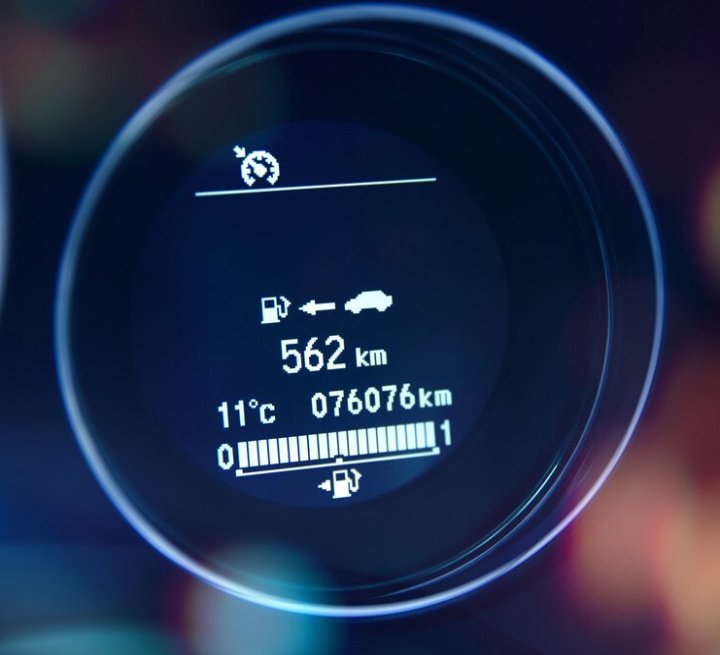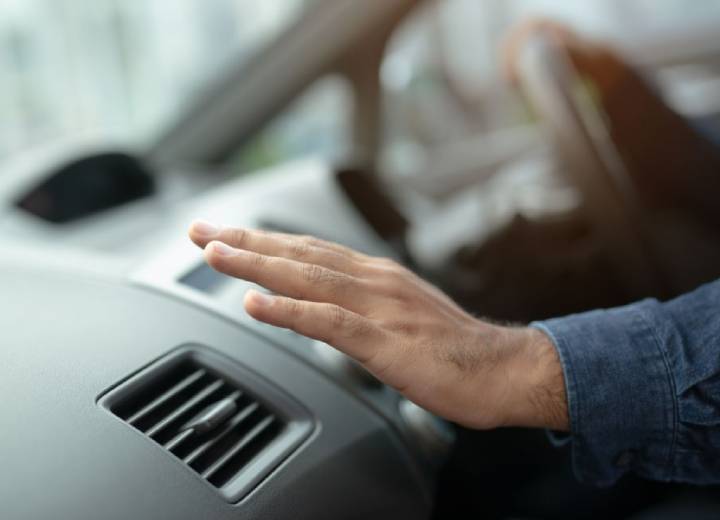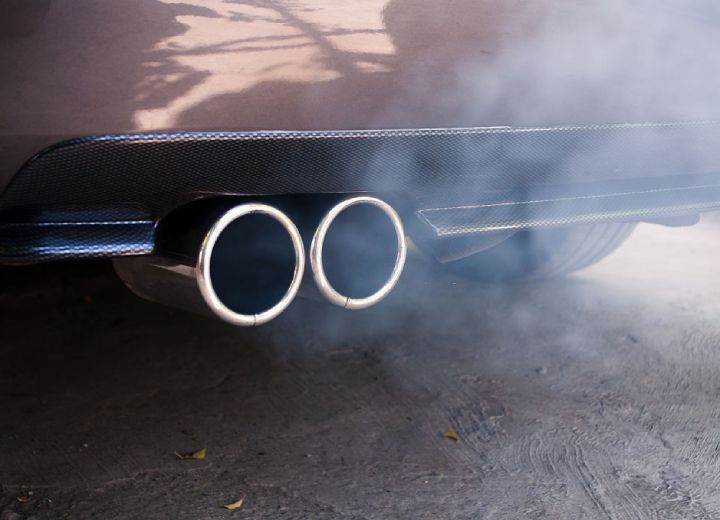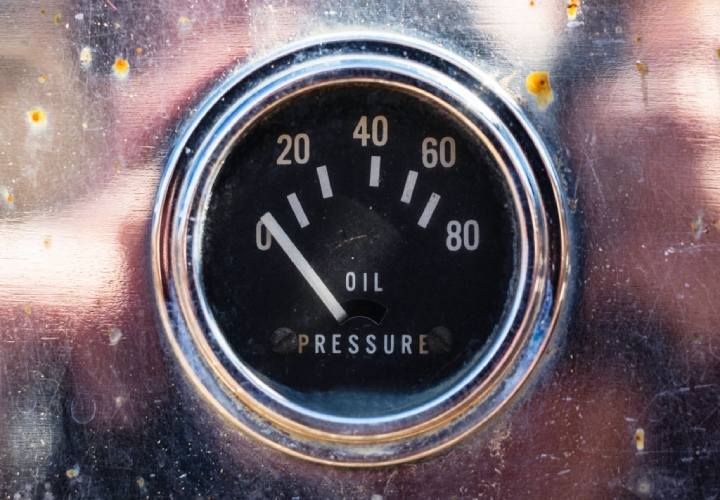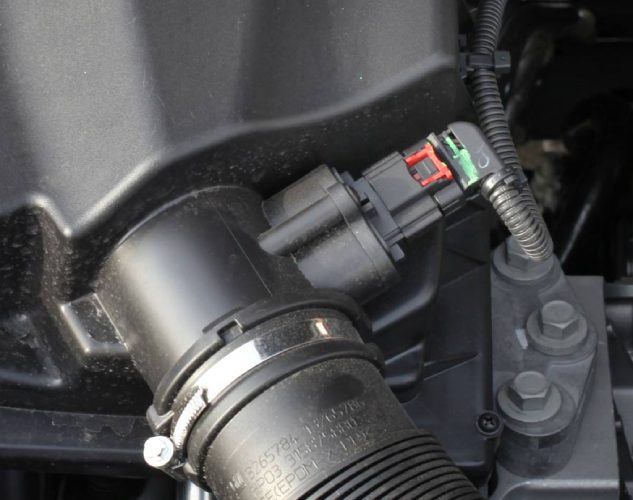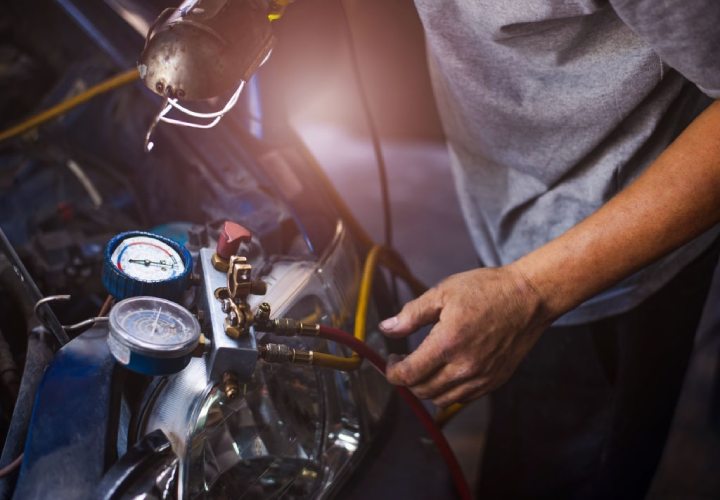Most modern cars are technologically capable, utilizing the electronic or engine control unit (ECU) to provide adequate performance by timing fuel injection perfectly. To accomplish this, the ECU relies on the throttle position sensor (TPS) to provide accurate engine air intake data.
However, sometimes the throttle position sensor becomes loose or gets unplugged. This results in several car issues like lack of power, causing a significantly unpleasant – and possibly dangerous – driving experience. After all, you don’t want to be the cause of all the hooting when your car slows down to a crawl down a busy street.
- Here's what's happening when unplugging the throttle position sensor
- What is a throttle position sensor, and what does it do?
- Can a car start without a throttle position sensor?
- How to know if your throttle position sensor is going out
- Should you reset the computer after replacing the TPS?
- TPS FAQ
- In summary
Here’s what’s happening when unplugging the throttle position sensor
Depending on your car model and year, as soon as you unplug the sensor, the engine will stall or might not start at all. In some cases, the engine will run normally while idling but stall as soon as you hit the gas pedal.
But before we can explore the ins and outs of throttle position sensors, let’s take a step back to the basics.
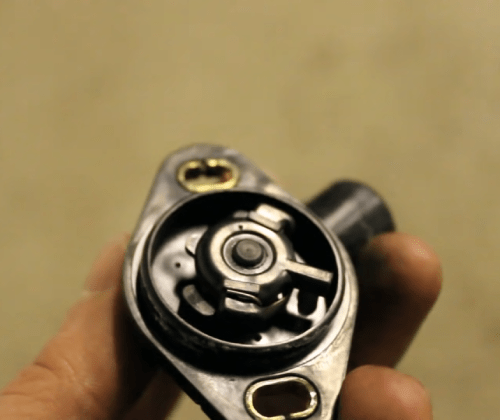
What is a throttle position sensor, and what does it do?
A throttle position sensor informs your car’s computer about the state of engine air intake by measuring how open the throttle is. In other words, the TPS tells the ECU how much air the engine sucks in at any one moment.
This is particularly vital because modern cars rely on their computers to optimize performance. When the ECU knows how much air is coming in, it determines the right amount of fuel to send to the engine, ensuring efficient combustion.
And when the throttle position sensor moves out of position, the ECU finds it more challenging to determine the ideal fuel-air mixture for your car’s engine.
Related content: Can You Use Regular Gas In a Flex-Fuel Car?
Can a car start without a throttle position sensor?
A car CAN start without a throttle position sensor. After all, all the sensor does is relay the throttle position to the car’s computer. However, running your vehicle with a disconnected throttle position sensor is still not advisable.
You’ll be unable to drive well because your car’s ECU now lacks vital information to execute its job. Instead, the computer might have to guess how much air gets into the engine’s intake manifold, resulting in inconsistent car performance.
For example, let’s say your car has an unplugged throttle position sensor. You might be driving and take your foot off the gas for a bit. If the ECU believes that the intake manifold is still drawing in a large amount of air, it’ll send more fuel to the engine.
As a result, the engine will create more power, yet you’ve taken your foot off the pedal. A potentially dangerous situation, that. Fortunately, some modern cars respond to a failing throttle position sensor by refusing to apply any power, sending the vehicle into a so-called ‘limp’ mode.
However, this can be avoided if you can identify a potentially unplugged TPS.
Related content: Can You Turn Off Cylinder Deactivation? (Answered)
How to know if your throttle position sensor is going out
As earlier mentioned, the throttle position sensor is significantly important when it comes to your car’s smooth running. As such, it’s best to ensure that the TPS is always in the right position.
Here’s what you should look out for:
- Illuminated Check Engine light: In many throttle position sensor failure situations, the Check Engine light comes on. While this can point to many issues with your car, it’s prudent to check and determine the cause.
After all, it could be nothing, or you just might nip a developing problem in the bud.
- Uneven idling and/or stalling: Your car should produce a pretty even sound when idle. However, sometimes the engine might sound slower than usual or perhaps have an uneven idle consisting of shudders and jerks. This could point to a non-functional throttle position sensor.
Indeed, the same error in the sensor position could cause the engine to stall altogether – a particularly unwelcome situation for any driver.
- Difficulties during acceleration: A faulty throttle position sensor causes inconsistent air and fuel supply to the engine. In other words, the engine might be getting more fuel than it needs or less than required.
Consequently, you might notice that your car doesn’t get off the line as smoothly as you would like when you step on the gas. On the other hand, the vehicle might give you more power than you bargained for when you ease up on the gas.
Similarly, your car might accelerate properly initially but might find it challenging to go past a certain speed. This fault even spills over to your gear changes, preventing upshifting. This is especially apparent in automatic transmission vehicles.
- Grime buildup on the TPS: The jerks and shaking from the uneven idling and acceleration problems can be a sign to get up close and personal with your car’s throttle position sensor. If you’re not averse to getting dirt under your nails, you can look under the hood to examine it more closely.
The TPS might sometimes be faulty because of grime collecting in and around the throttle body. The grime significantly interrupts the airflow past the sensor into the engine. This provides faulty intake data to the ECU, triggering incorrect fuel injection instructions from the computer.
- Deteriorating fuel economy: With an unplugged throttle position sensor, the ECU cannot adequately regulate the fuel amount it sends into the engine. In turn, your fuel usage might not be as economical as advertised because the engine might be using more fuel than it requires.
Because of the potential dangers associated with driving around without a TPS, it pays to fix or replace your sensor. Consequently, your car’s computer gets more accurate data, ensuring that your engine works optimally.
Related content: When, How, Why You Should Use Lucas Fuel Injector Cleaner
Should you reset the computer after replacing the TPS?
The decision to reset the car’s computer depends on your solution to the TPS problem. TPS and computer resetting are unnecessary if you merely cleaned and replugged the sensor.
However, if you installed a new sensor, you’ll have to reset the TPS as well as the computer. Otherwise, your car might redevelop the problems you just fixed. Therefore, reset the computer after replacing the TPS to restore proper ECU function.
TPS FAQ
As usual, here’s a list of questions with quick answers to help you better understand the topic.
How do you reset the throttle position sensor?
Just as you would reset most of your car’s sensors, by disconnecting the negative terminal from your car battery. Wait five to ten minutes, reconnect and start the engine.
A second method is by taking out the engine control module fuse and waiting for a couple of minutes before replacing it.
Does the throttle position sensor affect idle?
The TPS can indeed cause your car to idle unusual due to inconsistent airflow.
Can you drive without a TPS?
No, you can’t drive your car without a TPS. The role of a TPS is to ensure the engine receives the right mix of air and fuel, for optimum operation. In most cases, the engine will stall as soon as you hit the gas pedal.
What happens if TPS is not calibrated?
If your sensor is not calibrated correctly, it will show the symptoms discussed above: uneven idling, rough acceleration, engine stalling, and the dreaded check engine light.
In summary
An unplugged throttle position sensor inhibits your acceleration efforts and also leads to other problems under the hood. As such, cleaning and replugging or replacing the TPS is advisable.
Furthermore, you shouldn’t wait for the sensor to become faulty before taking action. Instead, your mechanic should check it out whenever you take your car for routine maintenance.
Mark is a senior editor for Mechanic Ask, creating tech-focused articles about diagnostics, tools, and new auto servicing methods. He attends industry shows to stay current. With a mechanical engineering degree, Mark is able to translate complex technical details into explanations understandable for shop owners and technicians. His articles help shops improve processes, reduce costs, and boost productivity.

